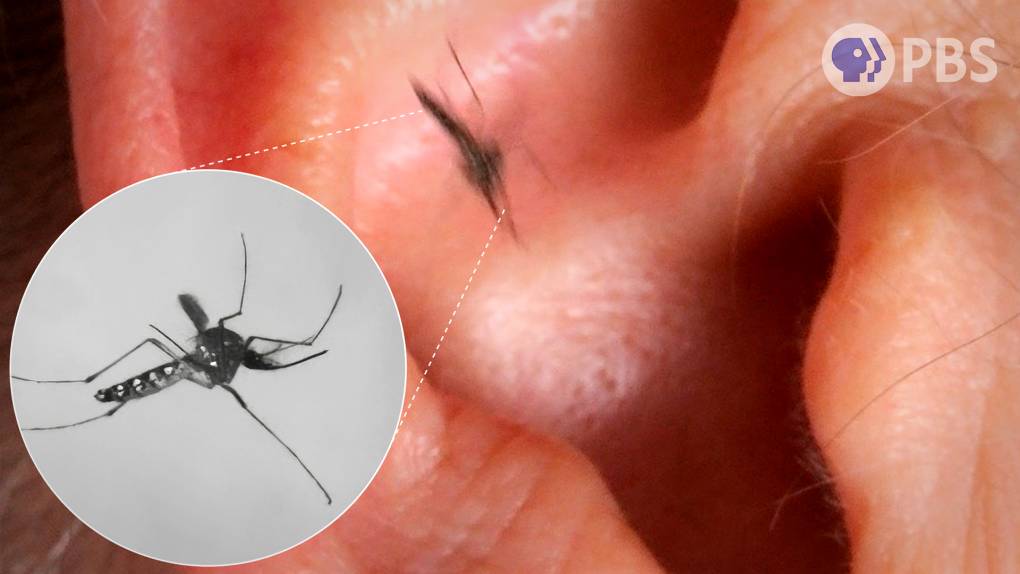
"Only female mosquitoes bite to acquire nutritious blood necessary for producing eggs. Meanwhile, male mosquitoes are skilled at locating females through sound, particularly their wing flaps."
"Male mosquitoes are equipped with highly sensitive antennae that enable them to detect sounds at frequencies around 600 hertz, allowing them to differentiate between their own wing beats and those of females."
"During mating, males face females and hook onto them midair using claspers, with the unique behavior of mating lasting up to 30 seconds in a rare successful match."
"After mating, females seek a suitable water source to lay their eggs, which develop into aquatic larvae before progressing to the pupa stage."
Female mosquitoes bite to extract blood necessary for laying eggs, while male mosquitoes utilize their acute auditory abilities to find mates by detecting specific wingbeat frequencies. Males can distinguish their sound from the female's softer tones, leading them to the vicinity of females. Upon encountering a female, males experience rejection most of the time, mating only if successful by holding onto her midair for sustainable periods. After mating, females search for water to deposit their eggs, which transition into aquatic larvae and then pupae.
Read at Kqed
Unable to calculate read time
Collection
[
|
...
]